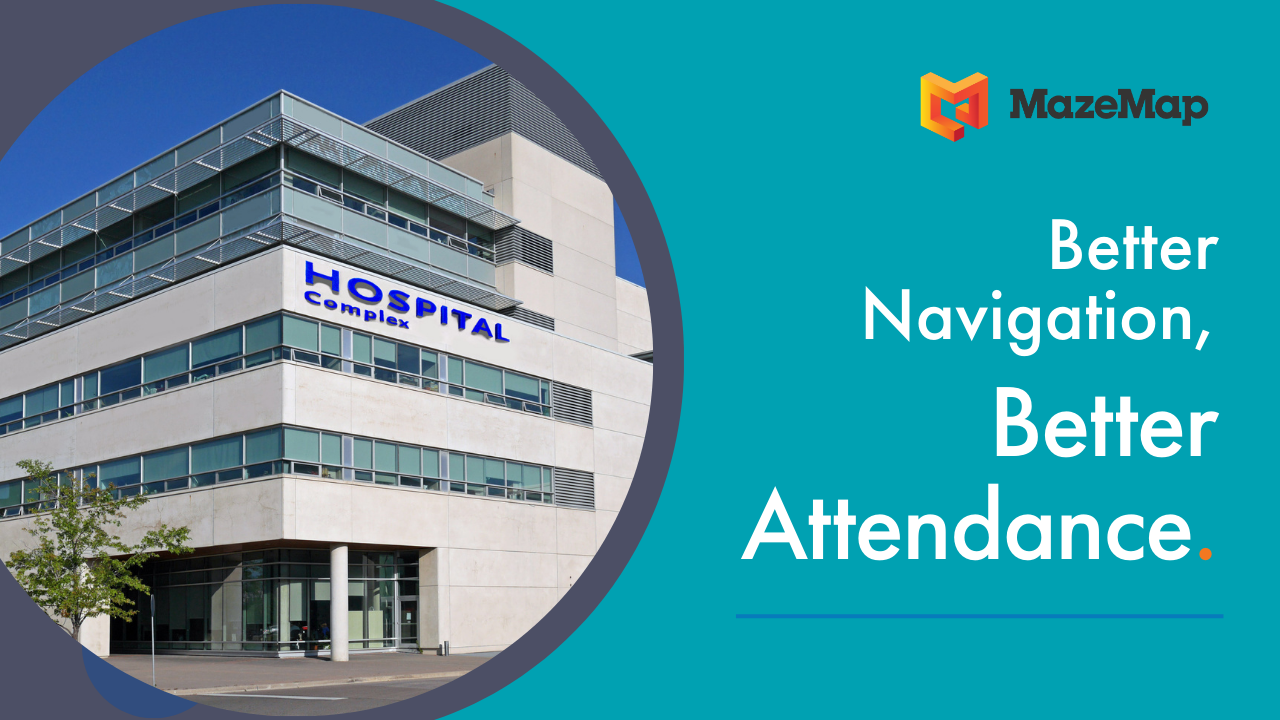Healthcare waiting times are a growing concern globally, especially in systems where healthcare is controlled or run by the government. Recent reports highlight that in the NHS, waiting lists have surged for the third consecutive month, underscoring the severity of the issue (ITV News, August 2024). While much attention is given to well-known issues like funding shortages and staff shortages, several lesser-known factors also contribute significantly to prolonged waiting times.
In this article, we’ll explore these overlooked problems and offer practical solutions to address them, helping to improve both patient care and operational efficiency in healthcare facilities.
1. Problem: Missed Appointments and Inefficient Scheduling
Missed appointments, though often perceived as a minor issue, can lead to significant inefficiencies within healthcare systems. When patients fail to show up for their scheduled appointments, valuable time slots go unused, which could have been allocated to other patients. This not only wastes resources but also leads to longer waiting times for everyone involved. Additionally, inefficient scheduling practices, such as double-booking or poor coordination, further exacerbate this issue by creating unnecessary delays.
Solution: Enhancing Appointment Management To address the problem of missed appointments, healthcare providers can implement digital tools that improve appointment management. Automated SMS or email reminders can significantly reduce the incidence of no-shows by ensuring that patients are reminded of their upcoming appointments. Moreover, employing data-driven scheduling practices can help healthcare facilities predict and manage no-show rates more effectively, allowing for better utilization of available time slots.
2. Problem: Navigational Challenges within Healthcare Facilities
Navigating large, complex healthcare facilities can be challenging for patients, particularly those who are elderly or unfamiliar with the premises. These navigational difficulties often lead to delays as patients struggle to find their way to their appointments, which can disrupt the overall schedule and extend waiting times for others. Staff members, too, can lose valuable time moving between departments, further impacting the facility’s operational efficiency.
Solution: Improving Wayfinding in Healthcare Facilities To alleviate navigational challenges, healthcare facilities can implement digital wayfinding solutions. Interactive maps, accessible via smartphones, can guide patients directly to their destination within the facility, reducing the likelihood of delays and missed appointments. For example, St. Olav’s Hospital in Norway utilized MazeMap’s digital wayfinding solution, resulting in a 31% reduction in missed appointments. This improvement not only enhanced patient satisfaction but also contributed to reducing overall waiting times.
3. Problem: Patient Communication Gaps
Effective communication between healthcare providers and patients is essential for ensuring that appointments are kept and that patients are prepared for their visits. However, outdated or unclear communication methods can lead to confusion, resulting in missed or delayed appointments. When patients are not fully informed about appointment details, locations, or necessary preparations, the entire process becomes less efficient, contributing to longer waiting times.
Solution: Bridging Patient Communication GapsTo improve patient communication, healthcare providers should modernize their methods by implementing automated systems that deliver clear, concise, and timely information. These systems can send appointment reminders that include all necessary details, such as time, location, and preparation instructions, via SMS or email. By ensuring that patients are well-informed, healthcare facilities can reduce the number of missed or delayed appointments, thereby improving overall efficiency and helping to reduce waiting times.

Case Study: Real-World Impact of Addressing These Factors
The impact of addressing these overlooked factors is evident in the case of St. Olav’s Hospital. By integrating MazeMap’s interactive maps with their appointment management system, the hospital achieved a 31% reduction in missed appointments over two years. This improvement not only enhanced patient satisfaction but also helped to free up valuable time slots, easing the overall pressure on waiting times.
A Holistic Approach to Reducing Waiting Times
Reducing healthcare waiting times requires a comprehensive approach that goes beyond addressing the most obvious factors. By focusing on overlooked issues—such as missed appointments, navigational challenges, and communication gaps—healthcare providers can implement practical solutions that significantly improve operational efficiency. These incremental improvements, when combined, lead to a more efficient healthcare system, better patient experiences, and ultimately, shorter waiting times.
Discover how MazeMap can optimize space usage and save money for your hospital. Schedule a Demo to see how MazeMap can help.











